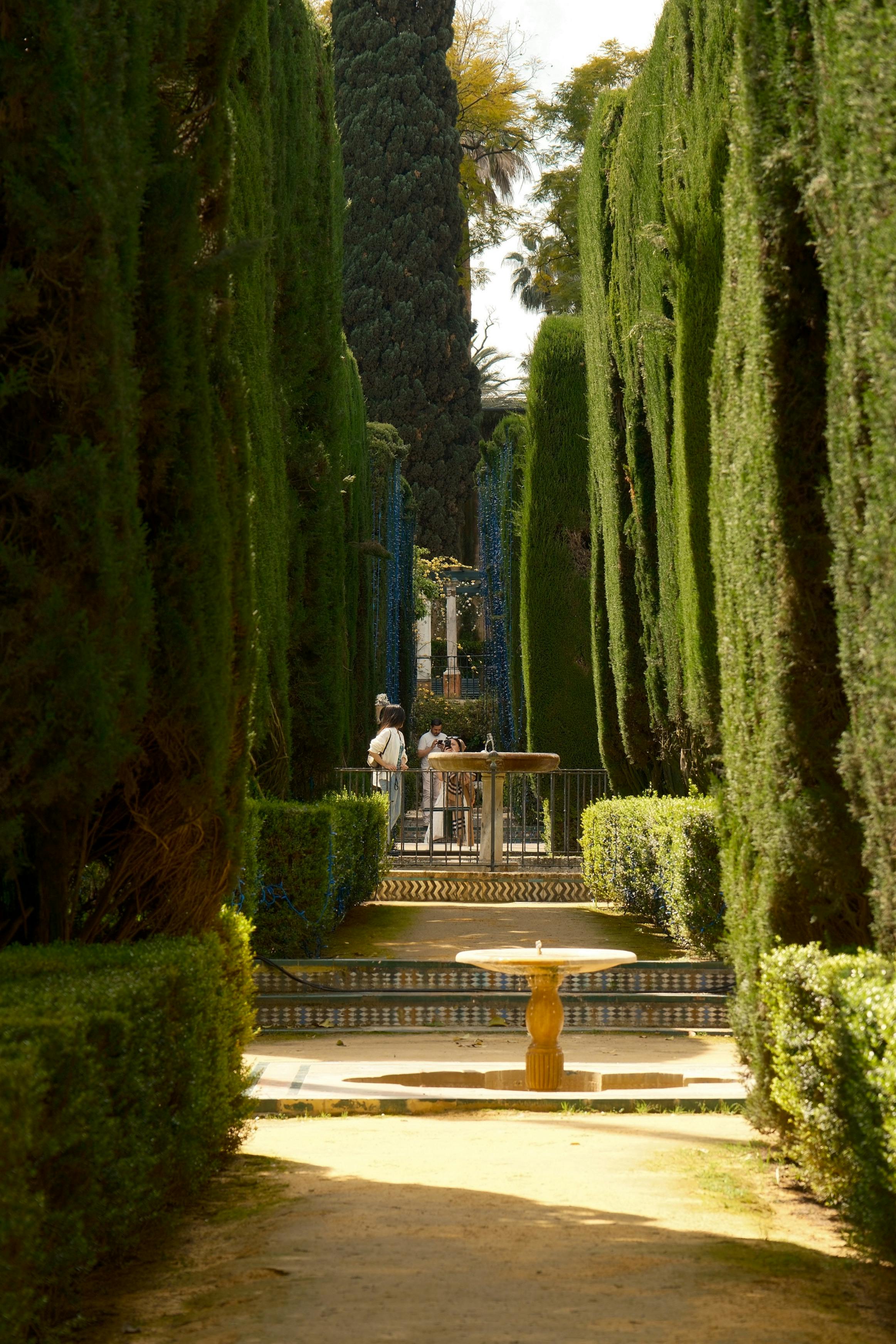Reimagining Urban Green Spaces: A New Social Fabric
The modern cityscape is witnessing a revolutionary shift, with urban green spaces becoming the new social fabric. This article uncovers the sociological implications of this transformation. Read below to explore the evolution of public spaces and their impact on contemporary society.

The Genesis of Urban Green Spaces
The concept of urban green spaces is not new. Historically, public parks, gardens, and squares have been integral parts of urban planning, dating back to the Victorian era. However, their role was primarily aesthetic or recreational. The 21st-century interpretation of urban green spaces has moved beyond this, becoming a social phenomenon that reflects our collective values and desires.
Urban Green Spaces: The Current Trend
Today, urban green spaces are no longer just about beautification or leisure. They have taken on a new dimension as sites of social interaction and community building. These spaces are increasingly seen as vital for social cohesion, mental well-being, and even local economy. With the increasing urbanization, they have become the lungs of the cities, providing a much-needed respite from the concrete jungle.
The Sociological Significance
The growing emphasis on urban green spaces can be seen as a response to multiple social phenomena. First, the increasing awareness and concern about environmental issues. Second, the growing recognition of the importance of mental health and well-being. Lastly, the desire for community connection in an increasingly disconnected urban society. These spaces provide opportunities for social interaction, communal activities, and foster a sense of belonging amongst city dwellers.
Urban Green Spaces: Shaping Modern Society
The transformation of urban green spaces into community hubs is reshaping our cities and their social dynamics. They are becoming platforms for cultural events, farmers’ markets, community gardens, and even political protests. In short, they are evolving into vibrant social ecosystems that cater to diverse community needs and aspirations.
Looking Ahead: The Future of Urban Green Spaces
As urban green spaces continue to evolve, they are likely to play an even more significant role in shaping our cities and societies. They may become essential tools for social integration, community engagement, and fostering a sense of collective identity. Urban green spaces illustrate how social change and urban planning can intersect to create more inclusive, sustainable, and livable cities.
In conclusion, the reimagining of urban green spaces is more than a trend. It’s a testament to our evolving societal values – a reflection of our growing environmental consciousness, our recognition of mental health, and our longing for community connections. As we move forward, these spaces will continue to play a critical role in shaping our urban landscapes and our social interactions.




